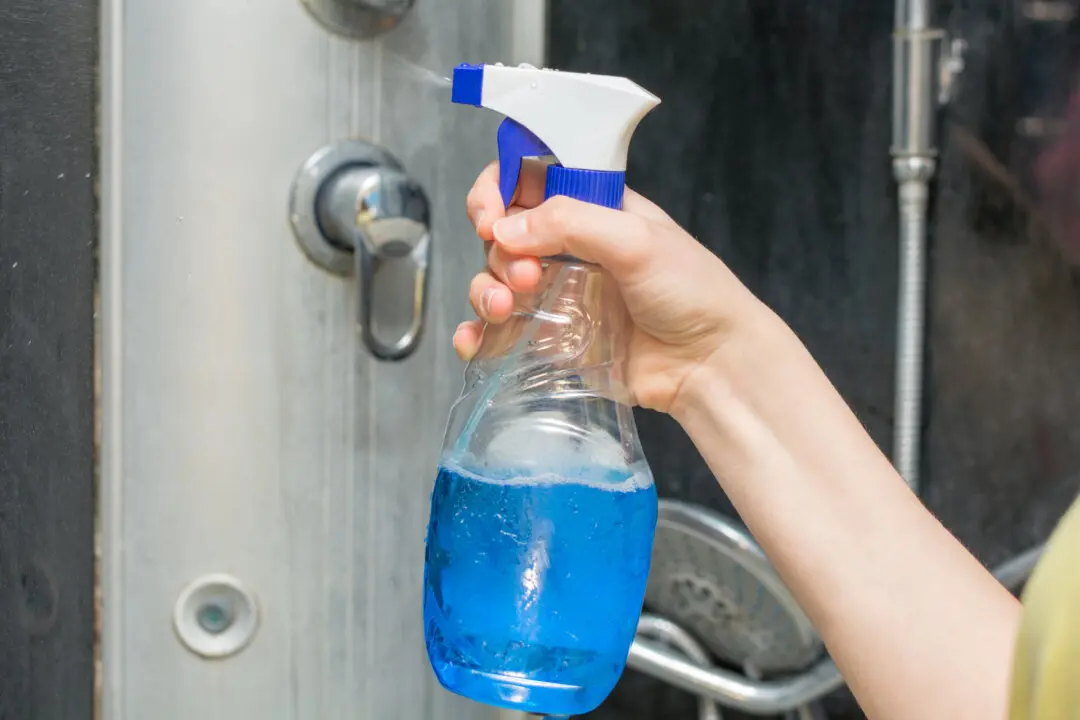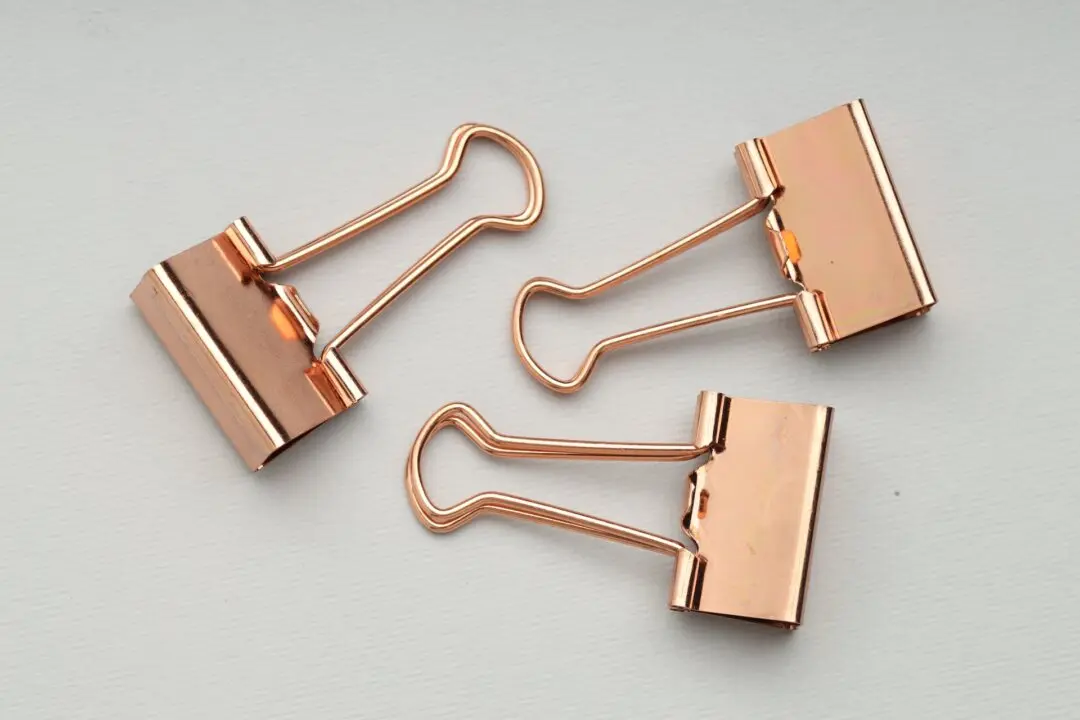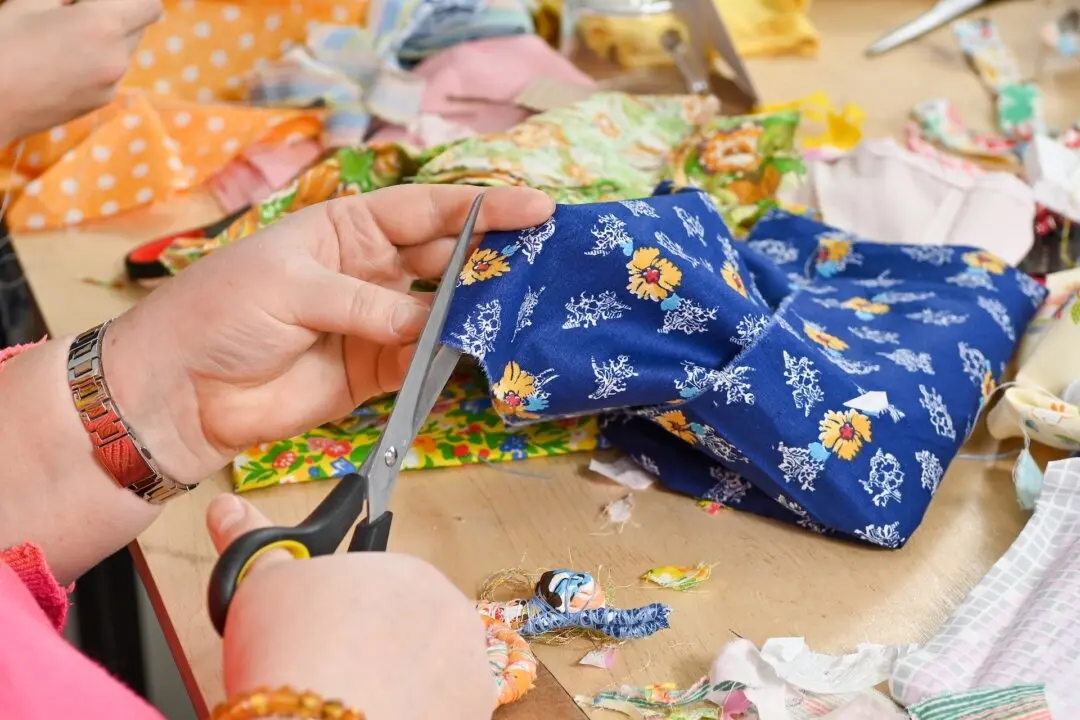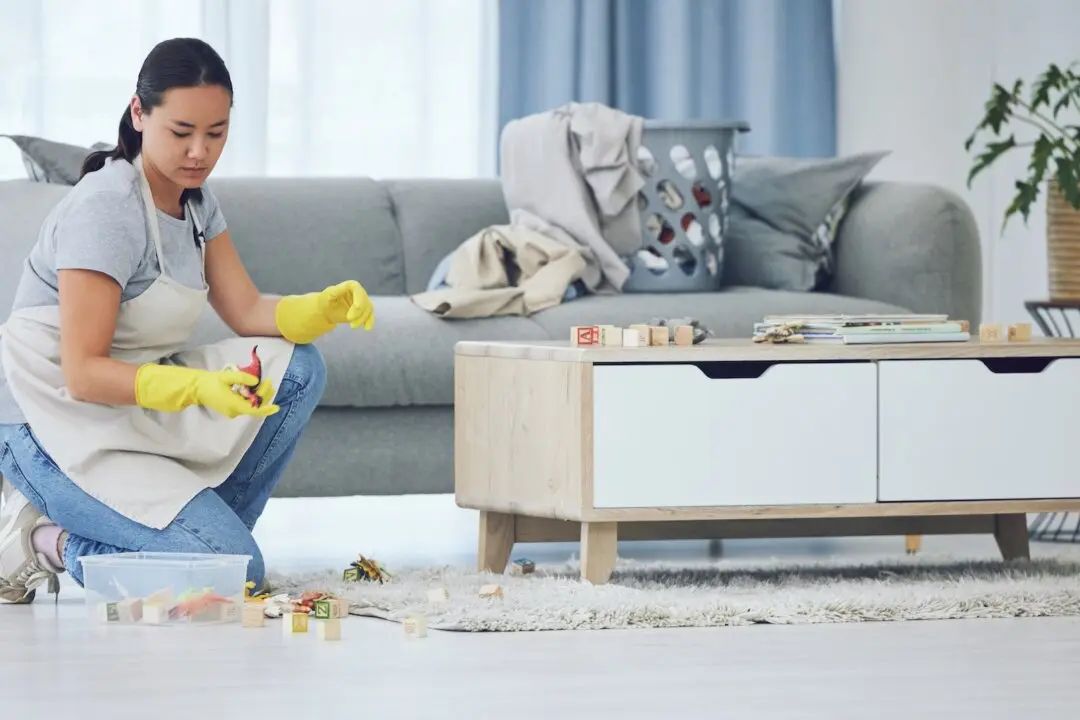Dear Mary: I found a great deal on a gorgeous couch at an estate sale. It is upholstered in white leather and appears to be new—as if no one has ever sat on it. Priced at $100, you can be sure that I grabbed it up fast and brought it home.
I put it in the garage. Then it hit me—the reeking smell of old, nasty cigarette smoke. Once I closed the garage door, that smell almost knocked me over. I just didn’t notice this at the sale.





